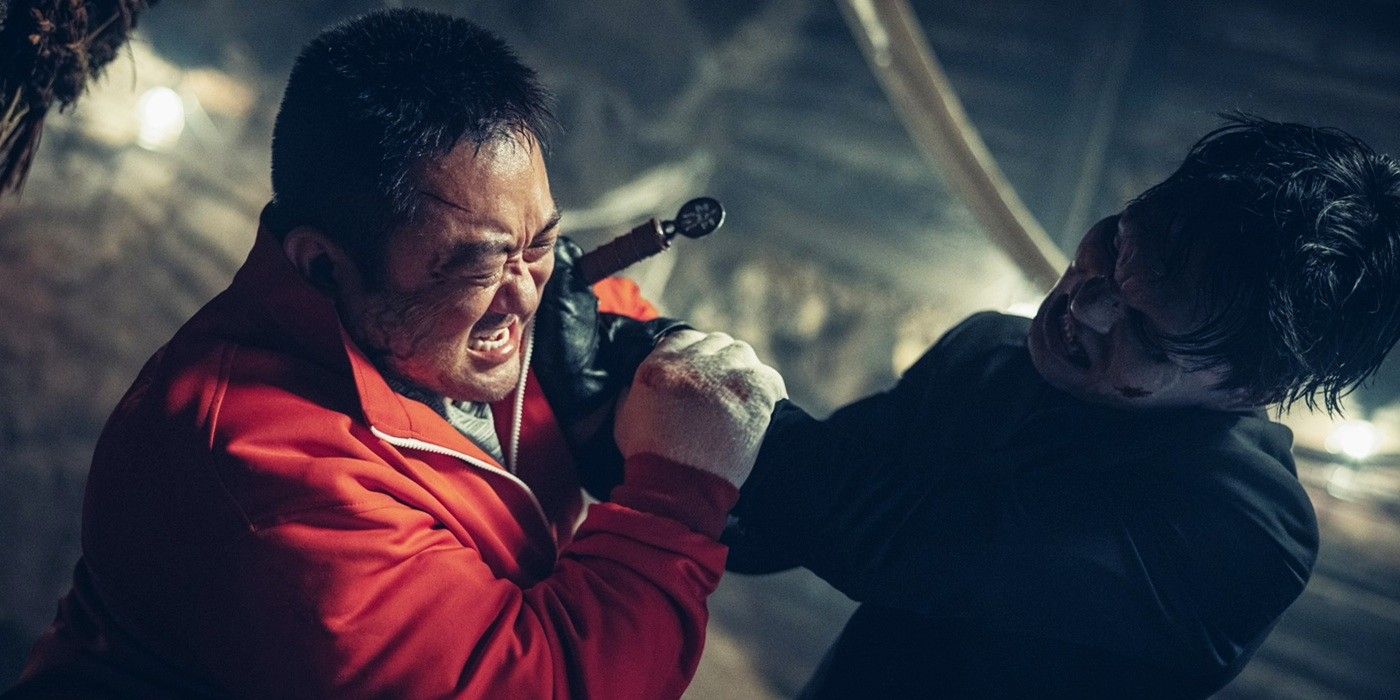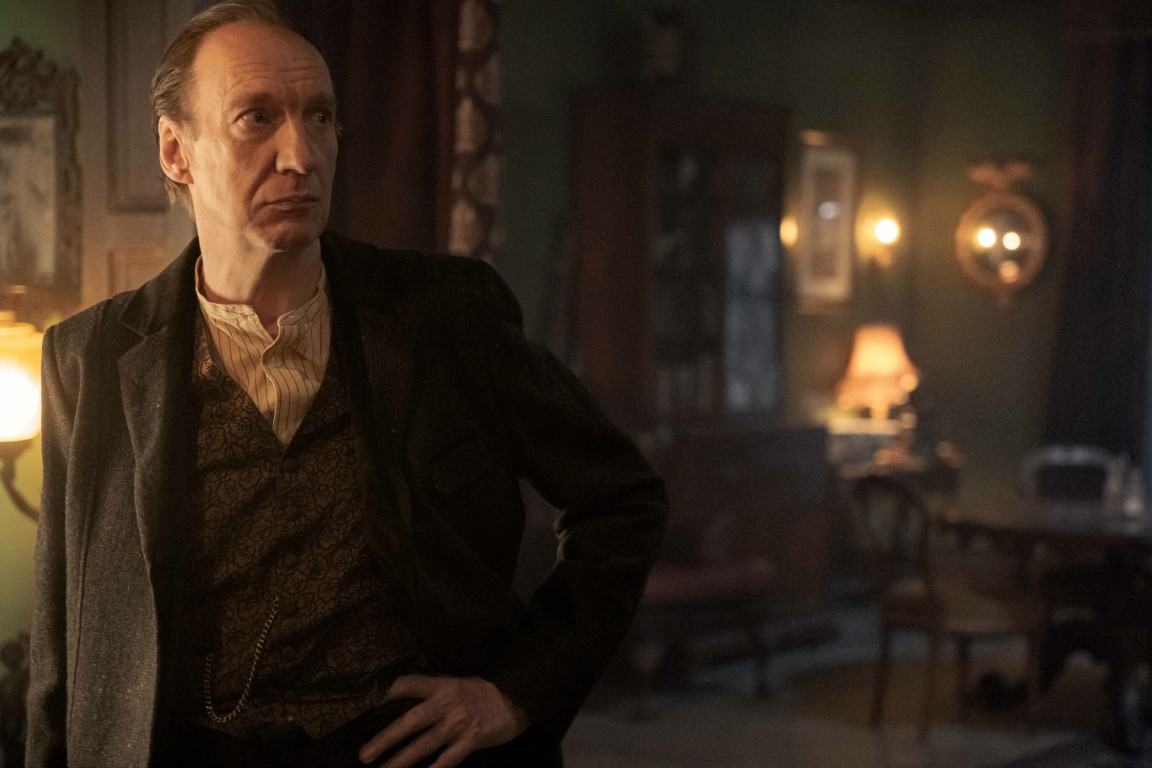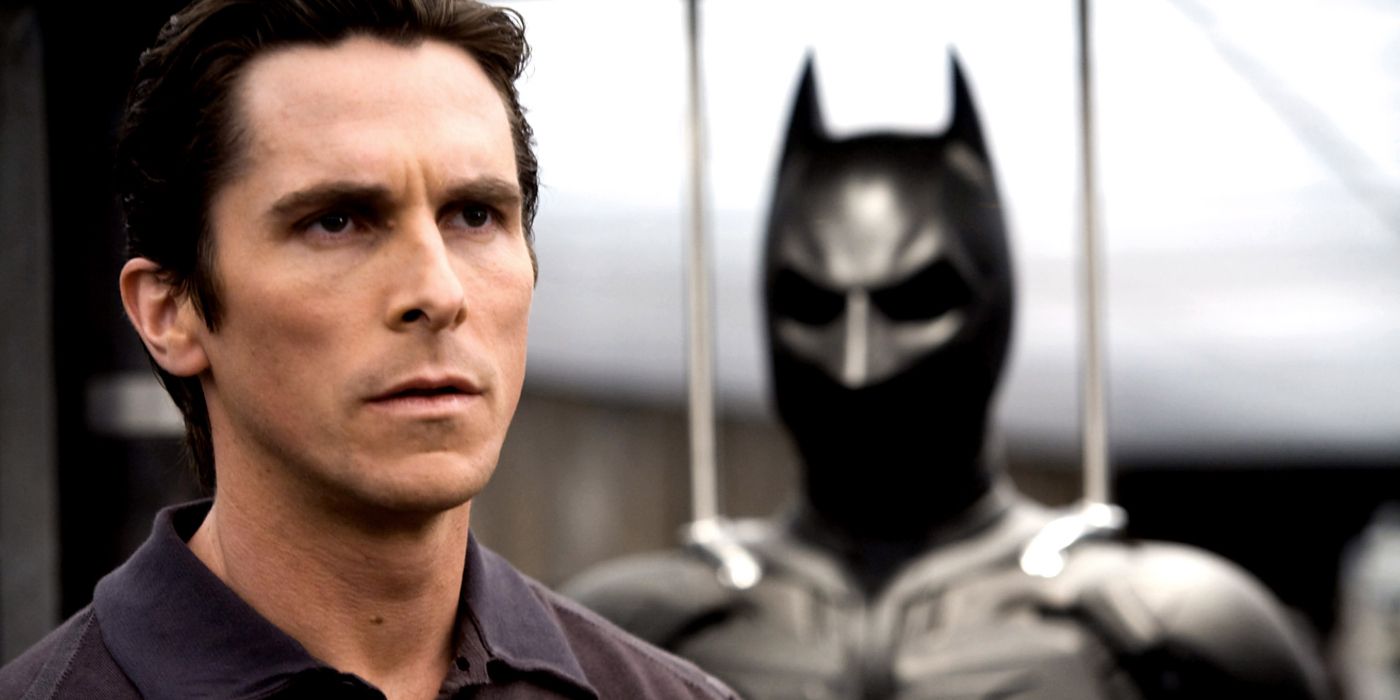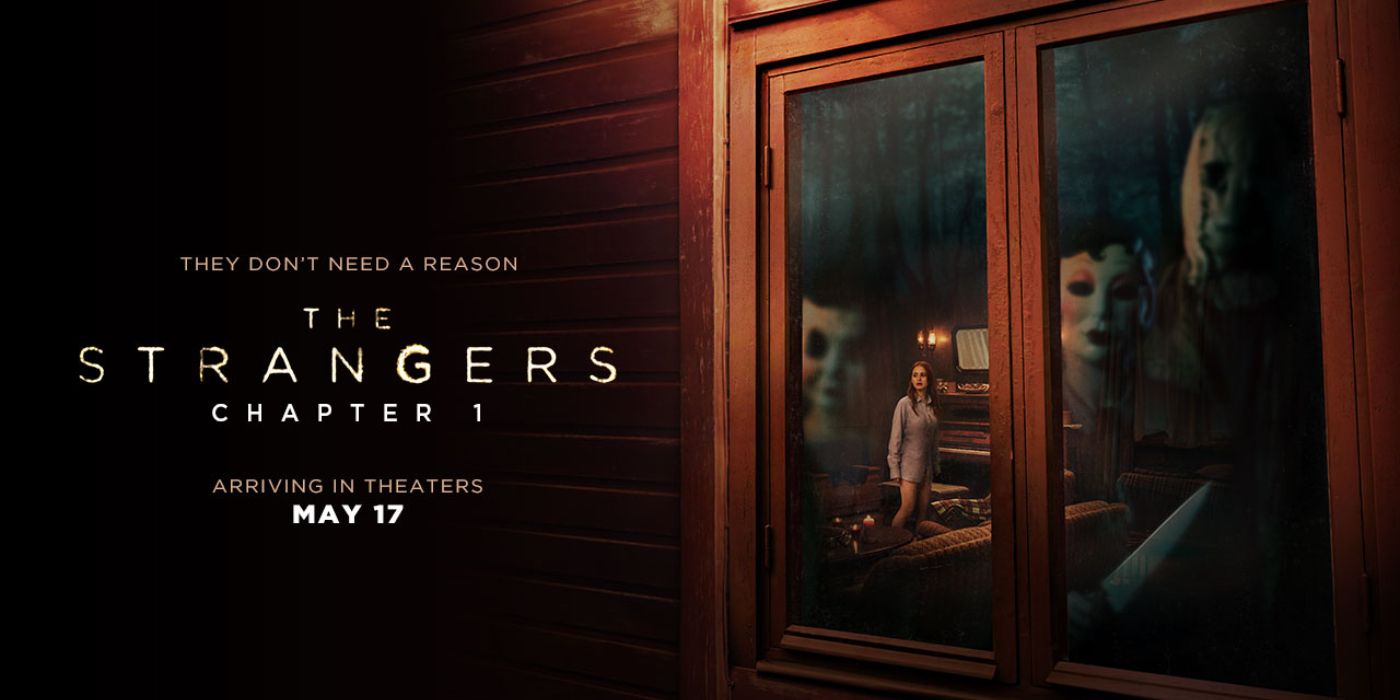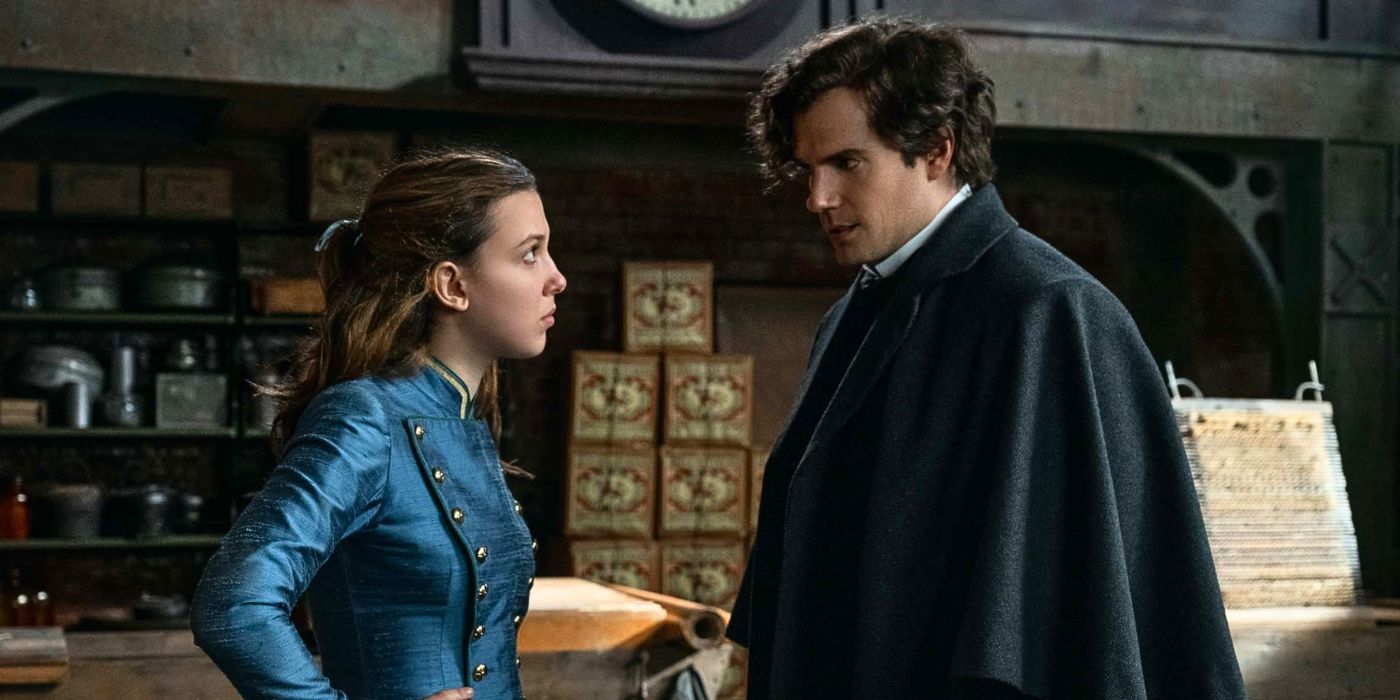Terms that trigger certain people get repeated in this film, words like “systemic racism” and “reparations.” They’re backed up by deep explorations of how history is repeating itself at the expense of Black people. Drew Diamond, the former police chief of Tulsa, describes police officers calling the Black areas they patrolled “war zones,” and that’s what they’re trained to believe. “When you hire and train people with the idea that they’re warriors,” he says, “they’re going to look for the war.” This is backed up by the Human Rights Watch’s 2019 report on the Tulsa PD, which they entitled “Get on the Ground.” Director Jonathan Silvers supplements Michel Martin’s narration on this topic with footage of Black men being shot by the cops, something far more triggering than any phrase or terminology. Equally troublesome is the appearance of armed, White militiamen at Black Lives Matter protests, as well as the city of Tulsa’s freak out over a street painting similar to the one that adorned a street in Washington D.C. after George Floyd’s murder.
“Tulsa: The Fire and the Forgotten” devotes time to residents seeking change and betterment in the community. We hear from Greg Robinson II, a community activist who mentors residents in North Tulsa. His protégé, Tyrance Billingley II, speaks of how Black residents abandon the city after school because they do not feel they can be successful there. A talented graduate “would draw applause” when they said they were leaving Tulsa. So, Billingsley created a business plan to bring a tech center to Tulsa, an opportunity that may keep young talent from jumping ship the second they’re able to leave. I wish there had been more about this particular project, but the documentary has many other details to cover in its 84 minute runtime. I also wish more time had been devoted to the science and research of discovering hidden mass graves. These two subjects warrant documentaries of their own.
A movie like this is only as good as its talking heads. Each person who appears has something informative to impart, from current mayor G.T. Bynum to Eric Stover and Betsy Warner, both of whom are involved with the excavation projects. The pastor of Greenwood’s destroyed and rebuilt centerpiece house of worship, the AME Church, is also profiled. Someone discusses the cruel game of “what if,” as in “what if the successful hotel owner had been allowed to build his brand over time, planting the seeds for generational Black wealth?” But the person who best ties past and present together is Tulsa City Council member Vanessa Hall Harper. Speaking about the aforementioned armed militia men “patrolling” the protest, she states they “represented the same mob that was represented in 1921 when the massacre took place.” Her words are not hyperbole if one is paying attention to current events.
“Tulsa: The Fire and the Forgotten” works best as a learning tool, filling in some of the blanks of American history, details that were purposely redacted by the same types of people who wish to continue that redaction. It runs on PBS on May 31st, just in time for the anniversary of the Tulsa Race Massacre.
You can view the original article HERE.






